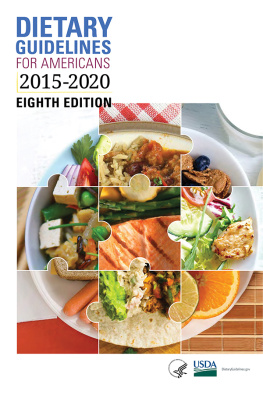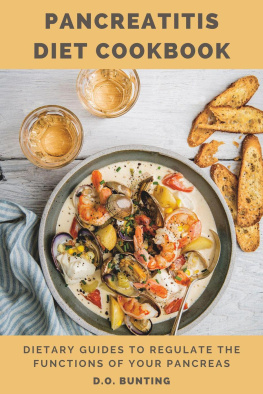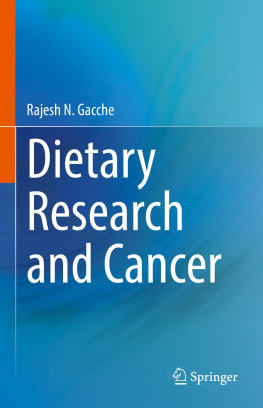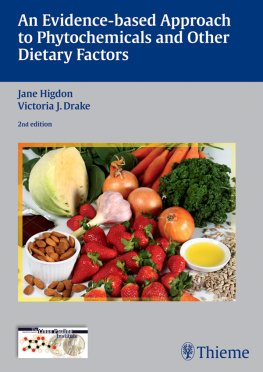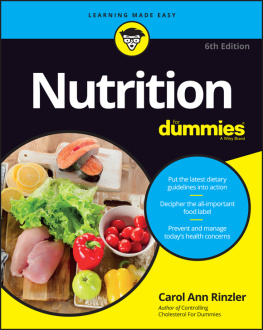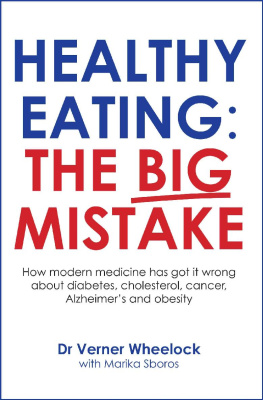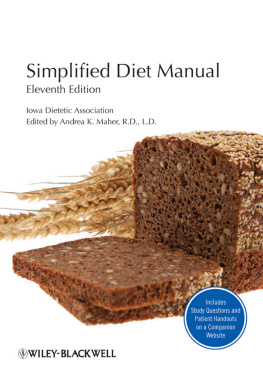First published 2015.
First Skyhorse edition 2017.
Skyhorse Publishing books may be purchased in bulk at special discounts for sales promotion, corporate gifts, fund-raising, or educational purposes. Special editions can also be created to specifications. For details, contact the Special Sales Department, Skyhorse Publishing, 307 West 36th Street, 11th Floor, New York, NY 10018 or .
Skyhorse and Skyhorse Publishing are registered trademarks of Skyhorse Publishing, Inc., a Delaware corporation.
Visit our website at www.skyhorsepublishing.com.
10 9 8 7 6 5 4 3 2 1
Library of Congress Cataloging-in-Publication Data is available on file.
Print ISBN: 978-1-5107-2604-8
Ebook ISBN: 978-1-5107-2616-1
Printed in China
This publication may be viewed and downloaded from the Internet at DietaryGuidelines.gov.
Suggested citation: U.S. Department of Health and Human Services and U.S. Department of Agriculture. 20152020 Dietary Guidelines for Americans . 8 th Edition. December 2015. Available at http://health.gov/dietaryguidelines/2015/guidelines/.
The U.S. Department of Health and Human Services (HHS) prohibits discrimination on the basis of race, color, national origin, disability, age, sex and in some cases religion, in health and human service programs administered or funded by HHS. The HHS Office for Civil Rights (OCR) enforces the civil rights laws and regulations that prohibit discrimination in HHS administered and funded programs. To learn more about the civil rights obligations of recipients of federal financial assistance, visit OCRs OCR Information for Providers web page (http://www.hhs.gov/civil-rights/for-providers/index.html).
If you believe that you (or someone else) have been discriminated against in programs or activities that HHS directly operates or to which HHS provides federal financial assistance, you may file a civil rights complaint with OCR. Complaints can be filed in writing by mail, fax, e-mail using the Civil Rights Discrimination Complaint Form Package, or via the OCR Complaint Portal (https://ocrportal.hhs.gov/ocr/smartscreen/main.jsf). Additional information and assistance can be obtained by visiting the OCR website or by calling the Customer Response Center: (800) 368-1019; TDD: (800) 537-7697. Language assistance services for OCR matters are available and provided free of charge. OCR services are accessible to persons with disabilities.
Complaints not filed through the OCR Complaint Portal should be sent to: Centralized Case Management Operations, U.S. Department of Health and Human Services, 200 Independence Avenue, S.W., Room 509F HHH Bldg., Washington, D.C. 20201, Fax: (202) 619-3818, .
In accordance with Federal civil rights law and U.S. Department of Agriculture (USDA) civil rights regulations and policies, the USDA, its Agencies, offices, and employees, and institutions participating in or administering USDA programs are prohibited from discriminating based on race, color, national origin, religion, sex, gender identity (including gender expression), sexual orientation, disability, age, marital status, family/parental status, income derived from a public assistance program, political beliefs, or reprisal or retaliation for prior civil rights activity, in any program or activity conducted or funded by USDA (not all bases apply to all programs). Remedies and complaint filing deadlines vary by program or incident.
Persons with disabilities who require alternative means of communication for program information (e.g., Braille, large print, audiotape, American Sign Language, etc.) should contact the responsible Agency or USDAs TARGET Center at (202) 720-2600 (voice and TTY) or contact USDA through the Federal Relay Service at (800) 877-8339. Additionally, program information may be made available in languages other than English.
To file a USDA program discrimination complaint, complete the USDA Program Discrimination Complaint Form, AD-3027, found online at How to File a Program Discrimination Complaint (.
USDA and HHS are equal opportunity providers, employers, and lenders.
December 2015
Table of Contents
List of Tables
List of Figures

Message From the Secretaries
One of our Governments most important responsibilities is to protect the health of the American public. Today, about half of all American adults117 million peoplehave one or more preventable, chronic diseases, many of which are related to poor quality eating patterns and physical inactivity. Rates of these chronic, diet-related diseases continue to rise, and they come not only with increased health risks, but also at high cost. In 2008, the medical costs linked to obesity were estimated to be $147 billion. In 2012, the total estimated cost of diagnosed diabetes was $245 billion, including $176 billion in direct medical costs and $69 billion in decreased productivity.
The Dietary Guidelines for Americans is an essential resource for health professionals and policymakers as they design and implement food and nutrition programs that feed the American people, such as USDAs National School Lunch Program and School Breakfast Program, which feed more than 30 million children each school day. The Dietary Guidelines also provides information that helps Americans make healthy choices for themselves and their families.
This new edition of the Dietary Guidelines , the 2015-2020 Dietary Guidelines for Americans , is grounded in the most current scientific evidence and is informed by the recommendations of the 2015 Dietary Guidelines Advisory Committee. This Federal advisory committee, which was composed of prestigious researchers in the fields of nutrition, health, and medicine, conducted a multifaceted, robust process to analyze the available body of scientific evidence. Their work culminated in a scientific report which provided advice and recommendations to the Federal Government on the current state of scientific evidence on nutrition and health. Informed by this report and by consideration of public and Federal agency comments, HHS and USDA nutrition and health experts then developed the Dietary Guidelines .
The 2015-2020 Dietary Guidelines provides guidance for choosing a healthy diet and focuses on preventing the diet-related chronic diseases that continue to affect our population. Its recommendations are ultimately intended to help individuals improve and maintain overall health and reduce the risk of chronic disease. Its focus is disease prevention, not treatment. This edition also includes data describing the significant differences between Americans current consumption and the Dietary Guidelines recommendations. It also recommends where shifts are encouraged to help people achieve healthy eating patterns. These analyses will assist professionals and policymakers as they use the Dietary Guidelines to help Americans adopt healthier eating patterns and make healthy choices in their daily lives, while enjoying food and celebrating cultural and personal traditions through food. Now more than ever, we recognize the importance of focusing not on individual nutrients or foods in isolation, but on everything we eat and drinkhealthy eating patterns as a wholeto bring about lasting improvements in individual and population health.
The body of scientific literature looking at healthy eating patterns and their impact on disease prevention is far more robust now than ever before. Chronic diet-related diseases continue to rise and levels of physical activity remain low. Progress in reversing these trends will require comprehensive and coordinated strategies, and the Dietary Guidelines is an important part of a complex and multifaceted solution to promote health and help to reduce the risk of chronic disease. The Dietary Guidelines translates science into succinct, food-based guidance that can be relied upon to help Americans choose a healthy eating pattern and enjoyable diet. We believe that aligning with the recommendations in the Dietary Guidelines will help many Americans lead healthier and more active lives.

